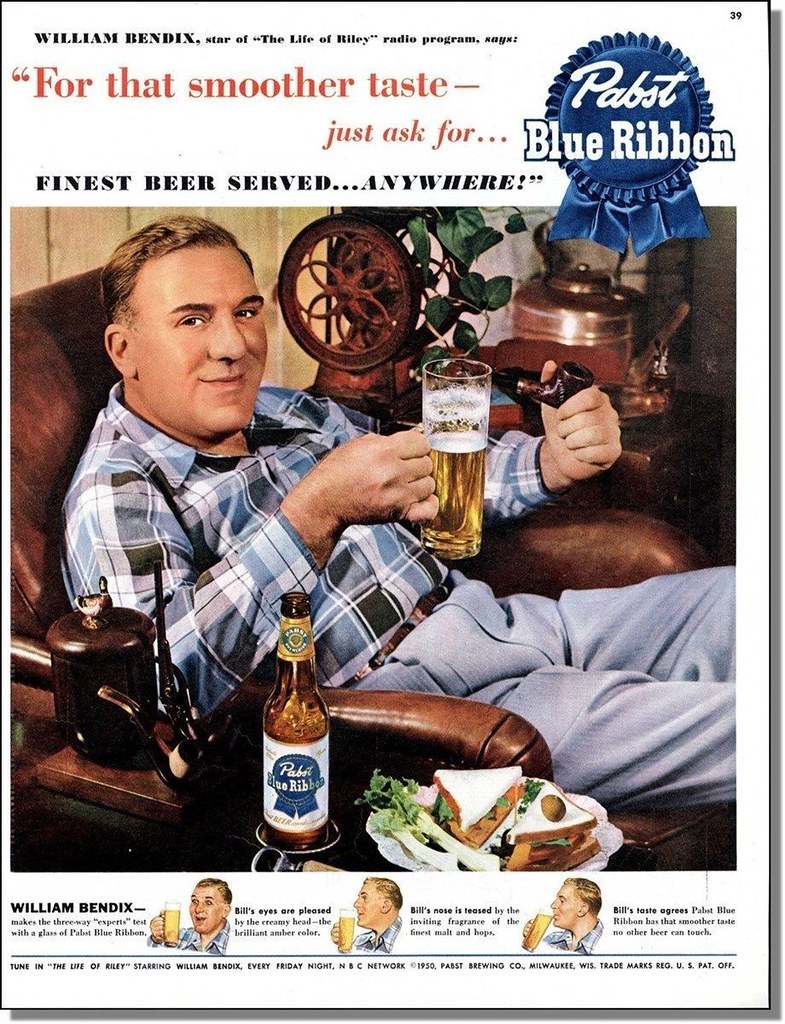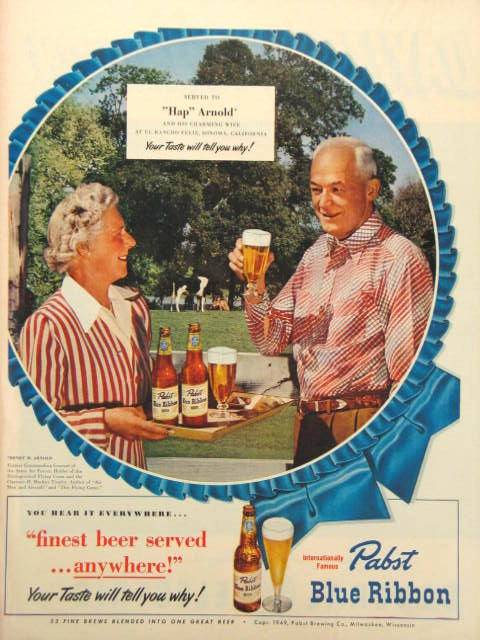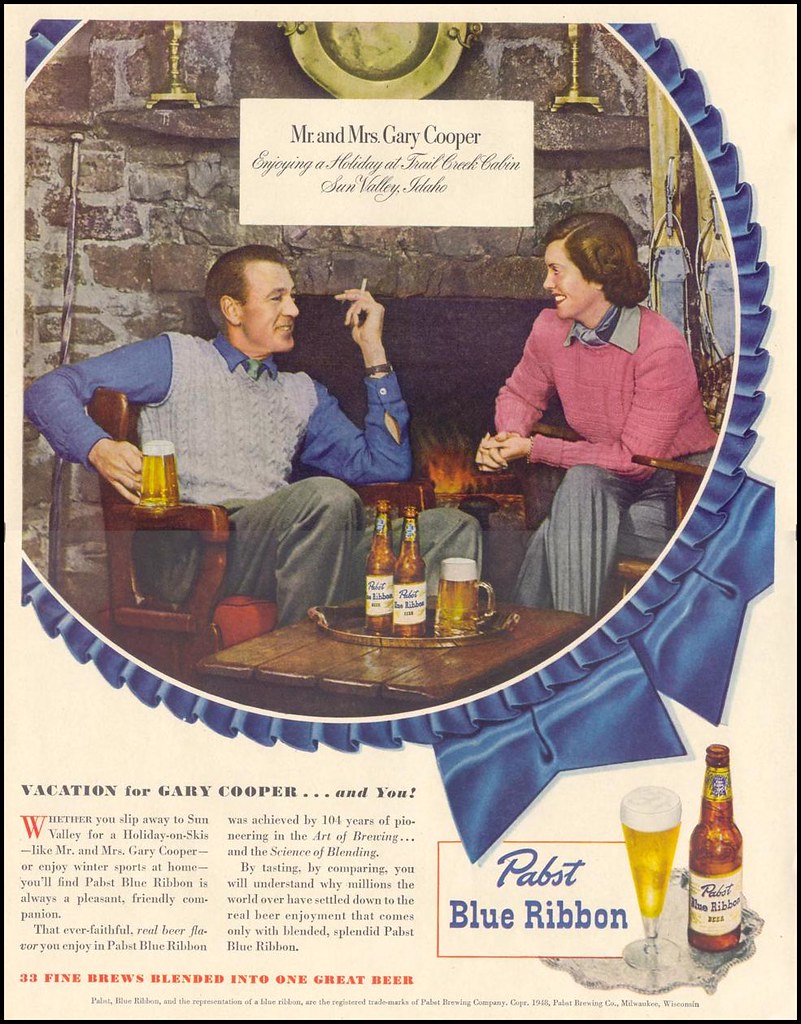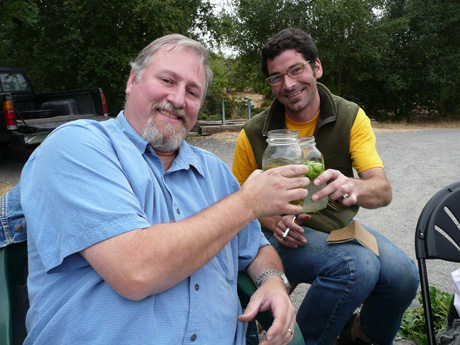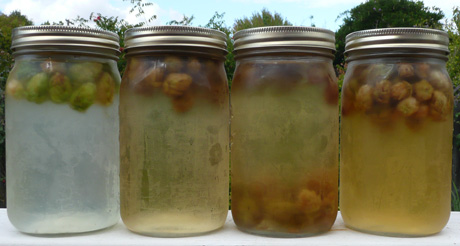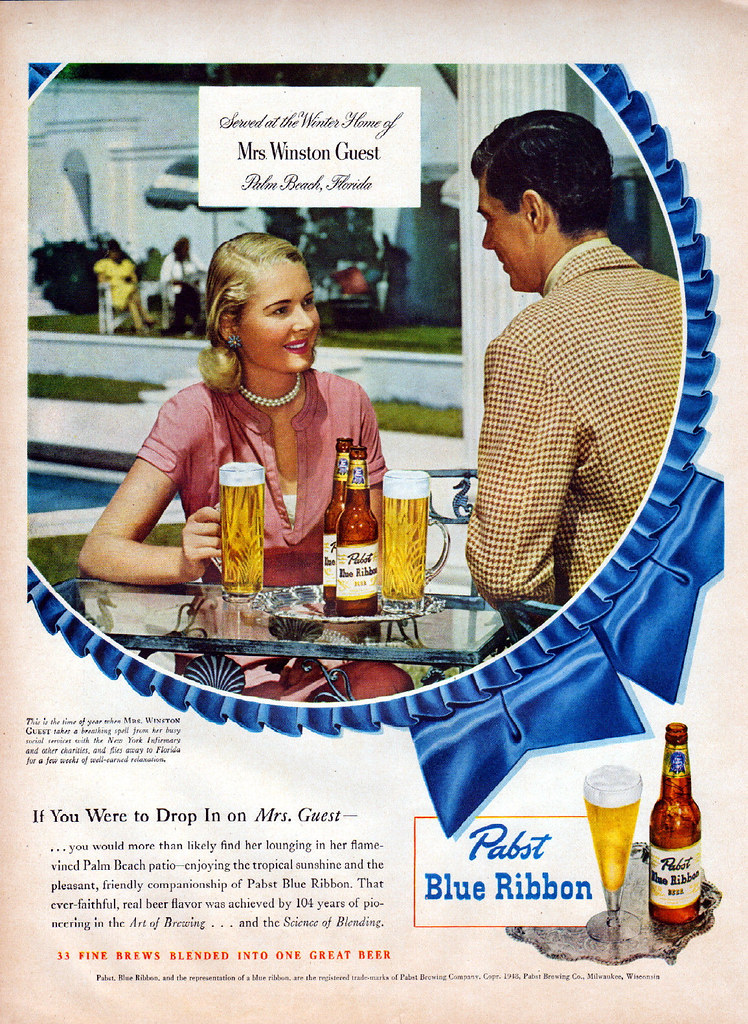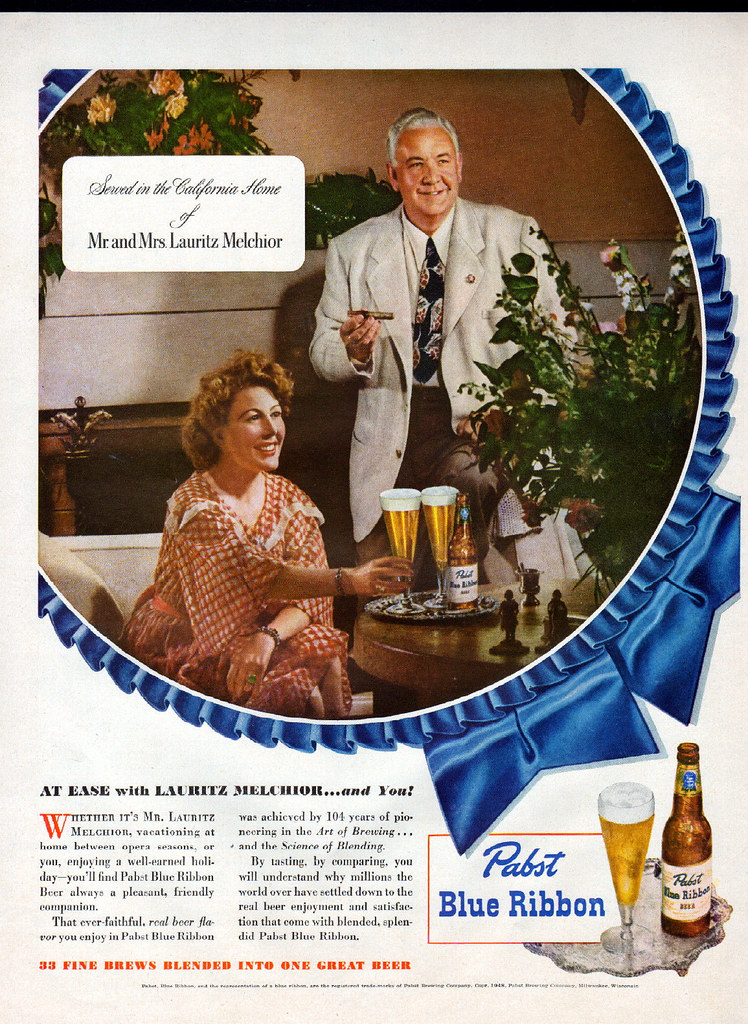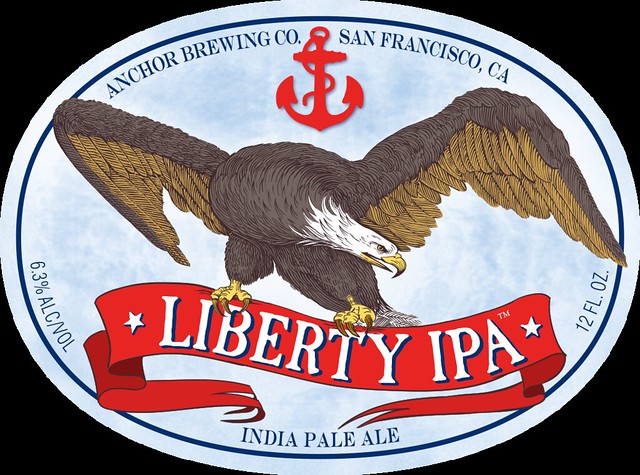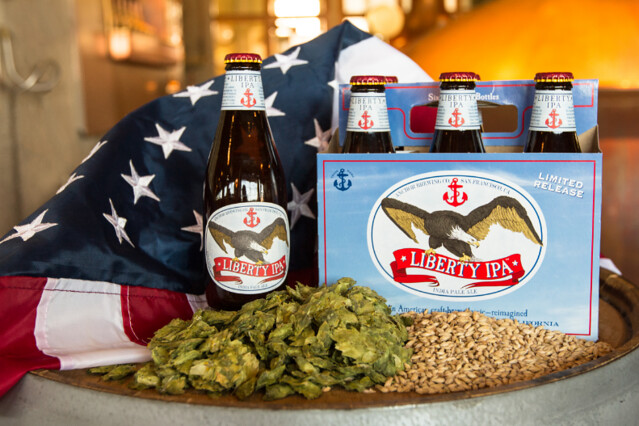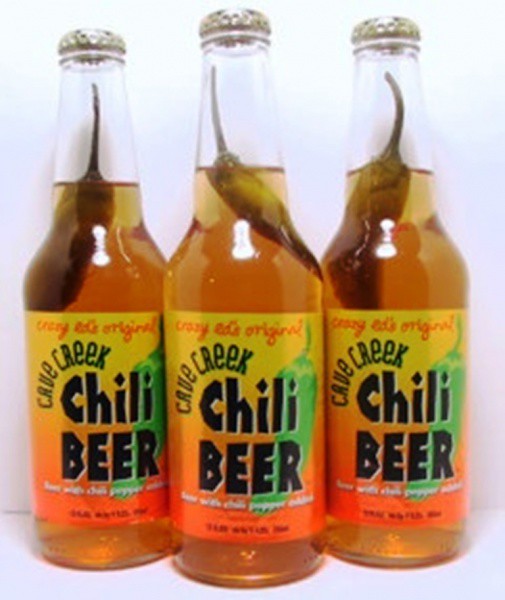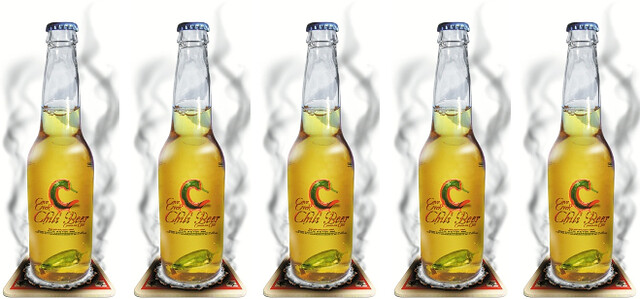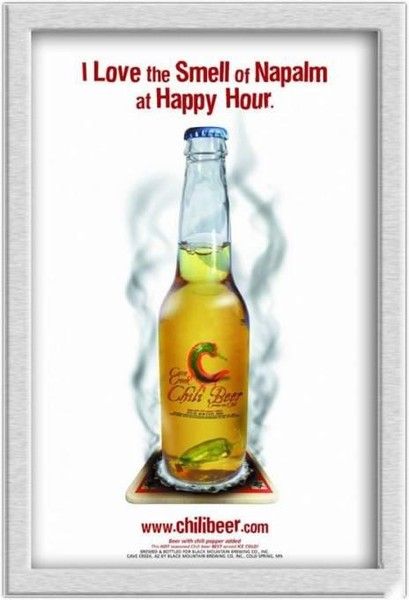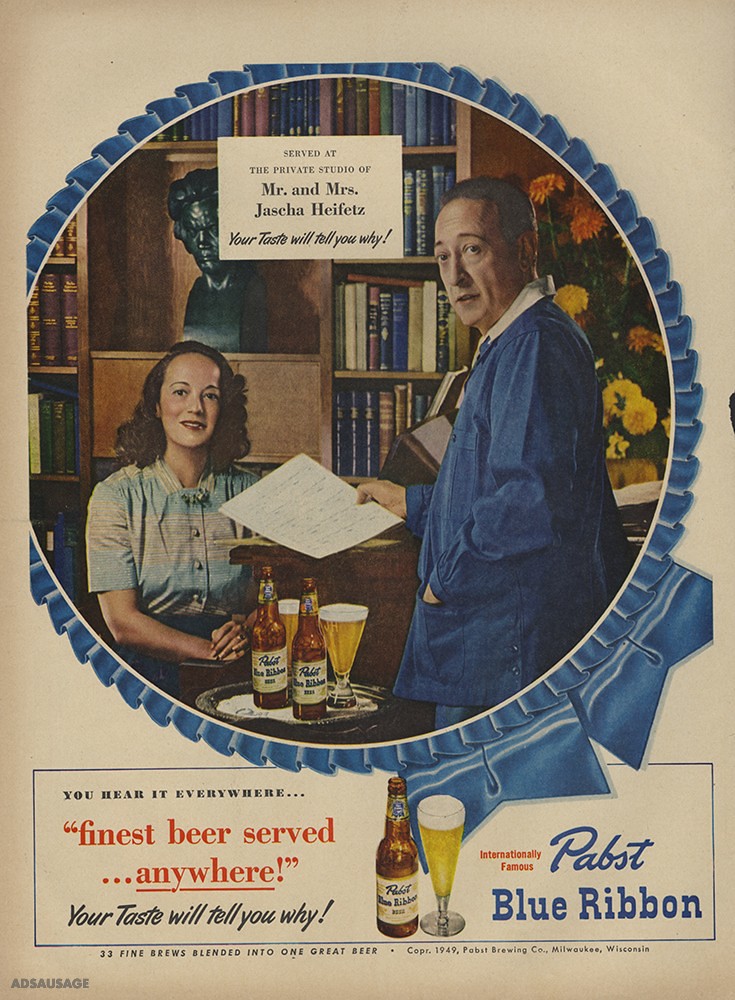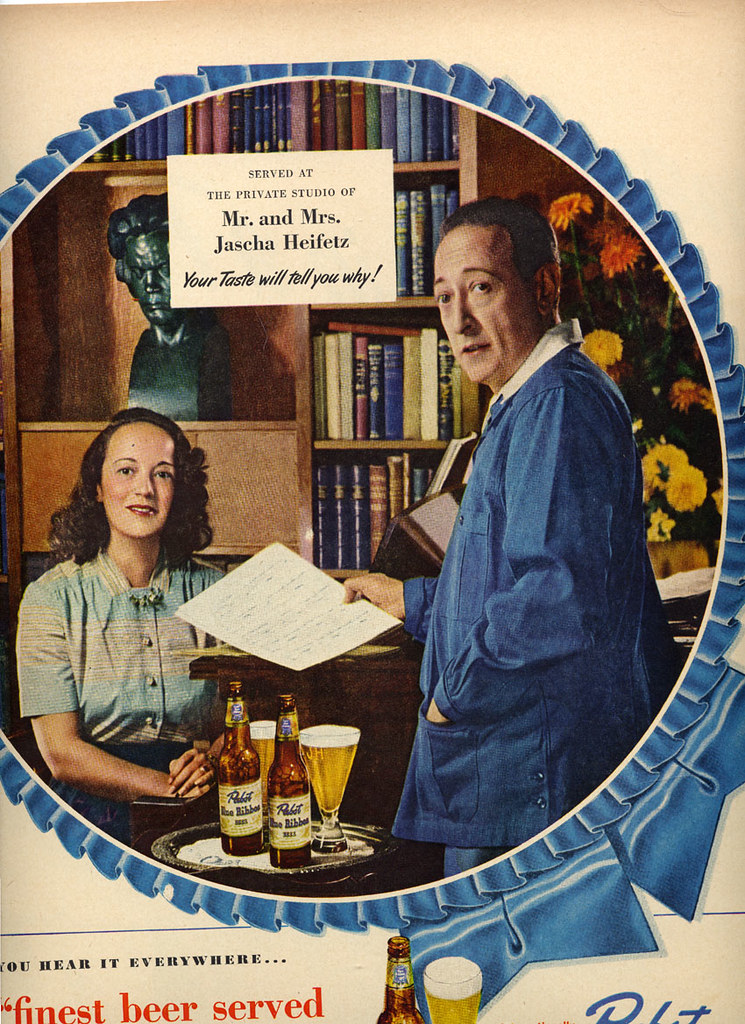
Sunday’s ad is for Pabst Blue Ribbon, from 1950. In the later 1940s, Pabst embarked on a series of ads with celebrity endorsements, photographing star actors, athletes, musicians and other famous people in their homes, enjoying Pabst Blue Ribbon beer. This one features General William Bendix. He “was an American film, radio, and television actor, who typically played rough, blue-collar characters. He is best remembered in movies for the title role in The Babe Ruth Story. He also memorably portrayed the clumsily earnest aircraft plant worker Chester A. Riley in radio and television’s The Life of Riley. He received an Academy Award nomination as Best Supporting Actor for Wake Island (1942).”
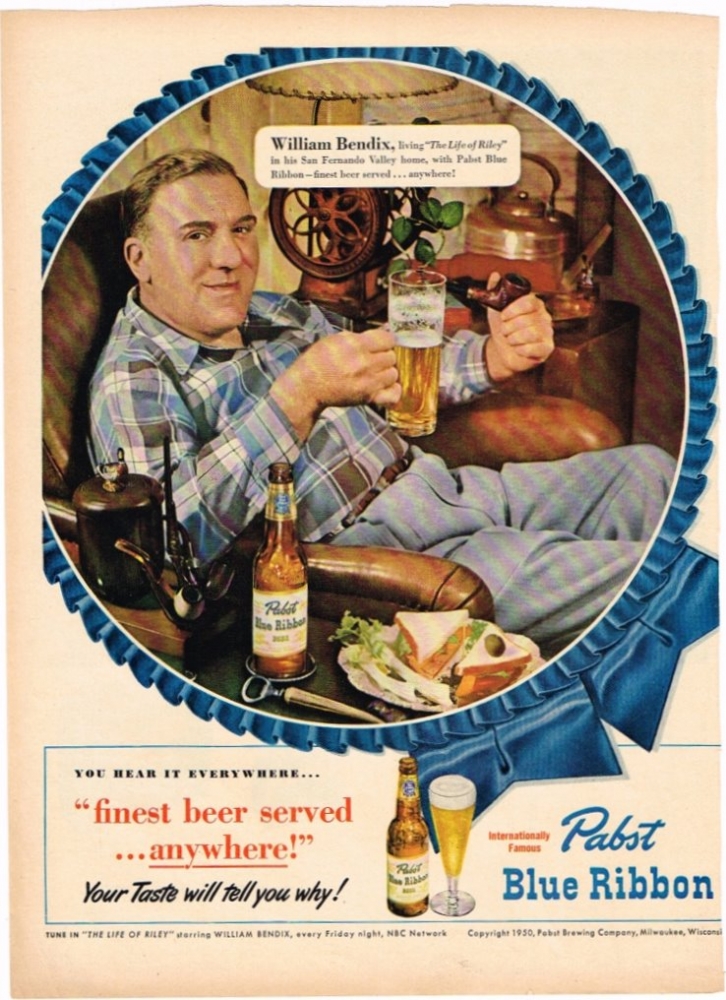
In the ad, Bendix sits in a barcalounger in his San Fernando Valley home, with a pipe in one hand and a mug of beer in the other. There’s also a sandwich for him on an end table. So if there’s a television in front of him in that room, it’s a pretty perfect setting. This series, with the photos inside a round blue ribbon ran for a few years, and then they changed the format slightly, squaring the photos, getting rid of the ribbon frame, and changing up the text away from talking about where the people were in the photo. Below is the newer version of the same ad, from the mid-1950s, just for contrast.
